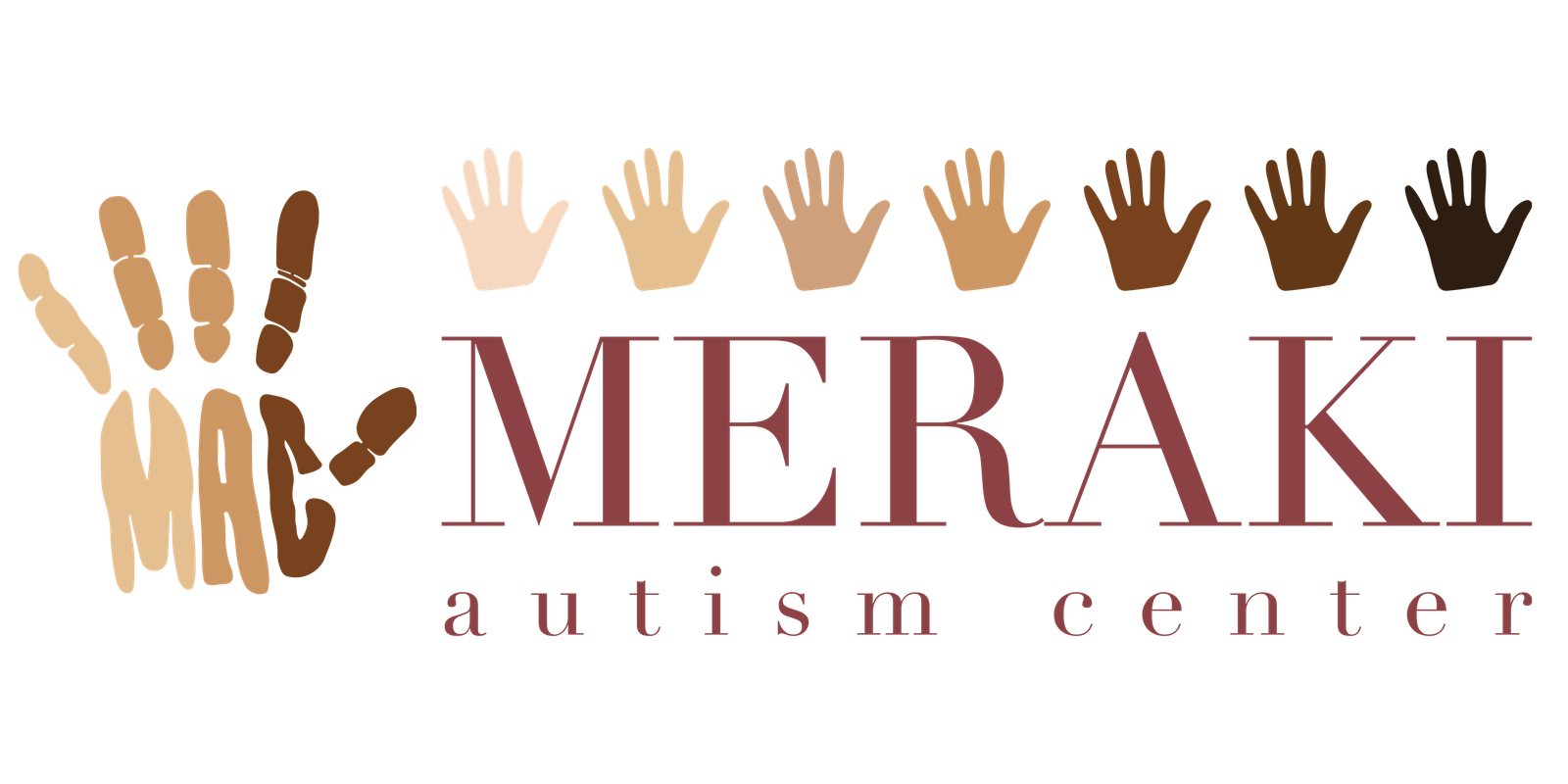Applied Behavior Analysis (ABA) therapy has emerged as a leading evidence-based treatment for individuals with Autism Spectrum Disorder (ASD). Parents, educators, and healthcare professionals increasingly recommend ABA due to its strong scientific foundation and proven effectiveness. But what exactly makes ABA therapy so effective? Let’s explore the science behind ABA and understand why it’s so impactful for children with autism.
What is ABA Therapy?
Applied Behavior Analysis (ABA) is a therapeutic approach rooted in the science of learning and behavior. ABA therapy focuses on improving specific behaviors—such as social skills, communication, academics, and adaptive living skills—while decreasing behaviors that interfere with learning or quality of life.
At its core, ABA uses principles like positive reinforcement, behavior shaping, and antecedent management to encourage positive behaviors and discourage harmful or disruptive ones. By systematically reinforcing desirable behaviors, ABA therapists help children develop and maintain critical life skills.
Why ABA Therapy is Effective for Autism
ABA therapy leverages the concept of neuroplasticity, the brain’s remarkable ability to reorganize itself by forming new neural connections throughout life. Children with autism benefit immensely from ABA therapy because it provides structured opportunities for repeated practice of targeted skills, strengthening neural pathways.
Additionally, ABA therapy is highly individualized. Therapists conduct thorough assessments to identify each child’s unique strengths and challenges, then tailor interventions specifically to their developmental level and goals. This personalized approach ensures interventions are relevant, engaging, and effective.
The Role of Reinforcement
A cornerstone of ABA therapy is positive reinforcement, where therapists reward desired behaviors immediately and consistently. Reinforcement can be praise, tangible items, activities, or privileges that the child enjoys. Over time, this strengthens desired behaviors, making them more likely to recur.
For instance, if a child struggles with communication, an ABA therapist might reinforce any attempt at verbalization with praise or a preferred activity, gradually shaping clearer and more frequent communication attempts.
Examples of ABA in Action
ABA therapy can dramatically enhance a variety of skills, including:
- Communication Skills: Therapists help children with autism develop verbal and non-verbal communication skills using structured exercises and consistent reinforcement.
- Social Skills Improvement: ABA fosters social interactions by teaching children how to initiate play, understand social cues, and develop peer relationships.
- Behavioral Management: ABA also helps decrease challenging behaviors through careful assessment of their causes and teaching more appropriate behaviors to replace them.
Why Choose Meraki Therapy Center?
At Meraki Therapy Center, our ABA therapists are committed to delivering compassionate, evidence-based care that meets the unique needs of each child and family. Our team stays at the forefront of ABA science, ensuring our therapeutic approaches are effective, ethical, and supportive.
If you’re curious about how ABA therapy can benefit your child, Meraki Therapy Center is here to guide you every step of the way. Contact us today for more information or to schedule a consultation.






0 Comments